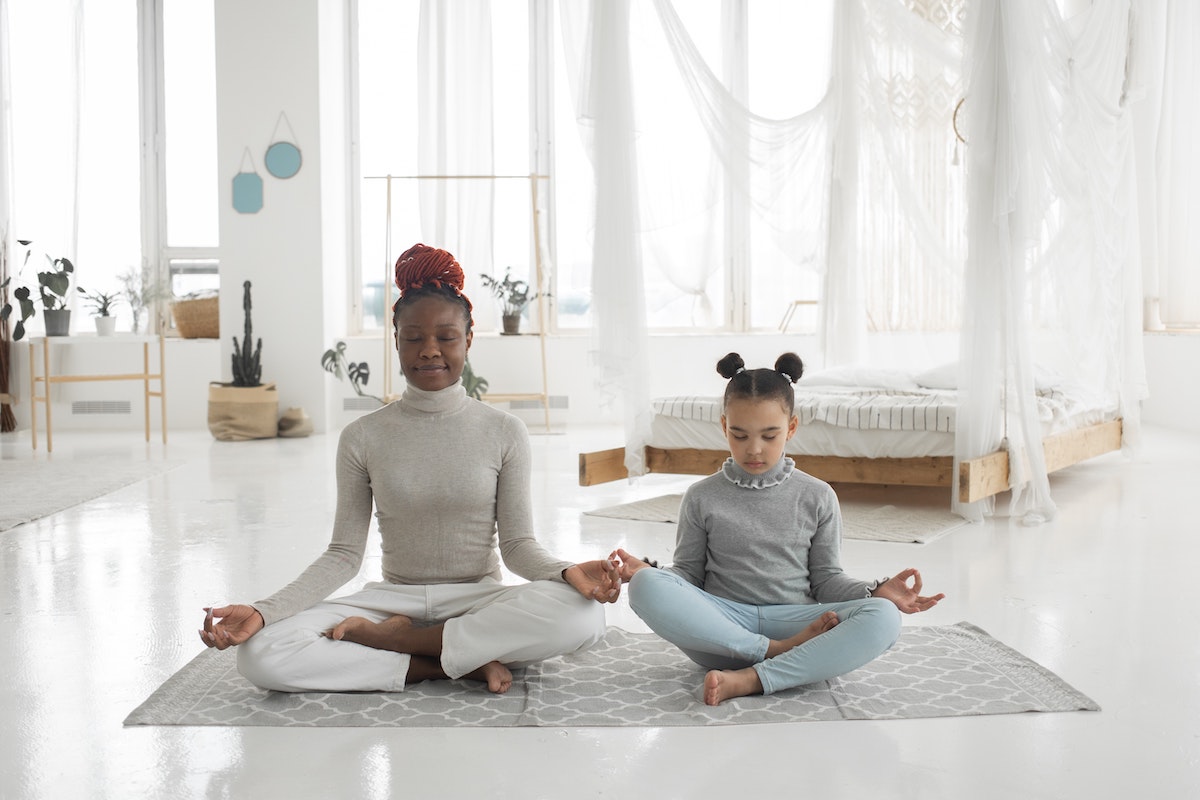
OWN IT: Own Your Power, Presence, Profits, and Success As A Global Thought Leader™.
By Kathleen Caldwell, Founder, C-Suite Network Women’s Coaching & Consulting Council and Caldwell Consulting Group, LLC
Celebrate International Women’s Day and Week in March 2023 with C-Suite Network Women’s Coaching & Consulting Council to OWN IT: Own Your Power, Presence, Profits, and Success As A Global Thought Leader™.”
C-Suite Network Women’s Coaching & Consulting Council is excited to announce a four-session Women’s Success Summit™ on Tuesday, March 7 – Friday, March 10 at 1PM ET to celebrate International Women’s Day and Week. Our 2nd Annual Success Summit is designed to empower you, as a woman coach, consultant, trusted advisor, or thought leader, to “OWN IT: Own Your Power, Presence, Profits, and Success As A Global Thought Leader™.”

We invite you to attend our Women’s Success Summit and take advantage of a unique opportunity to learn world class strategies and gain the tools and confidence needed to grow your thought leadership business. You’ll gain valuable insights to help you achieve your goals and OWN your success!
Our summit will feature esteemed faculty members of the C-Suite Network Women’s Coaching & Consulting Council, who will inspire and prepare you to cultivate your power and create a strong personal brand that enhances your profitability, presence, and authority.
Throughout the summit, you will learn how to break through the “Profit Ceiling,” and maximize your income, confidence and power. You will also gain insights on what is working now to be Seen, Heard, and Richly Rewarded™ in a crowded and noisy world. Our summit will provide actionable steps to help you tell powerful and engaging success stories with authenticity and engage a global community of fans and clients.
The Women’s Success Summit is not just about acquiring knowledge and information; it is also an opportunity to build relationships with like-minded and committed women. You will have the chance to share your insights and experiences, receive feedback, and Co-Accelerate™ with a supportive community. By the end of the four sessions, you will have a clear vision of your next level of success, the skills and tools to achieve it, and the confidence and business sisterhood to make it happen.
The Women’s Success Summit presented by C-Suite Network Women’s Coaching & Consulting Council is a thrilling way to celebrate International Women’s Day and Week. We invite you to join us and celebrate the progress that women have made and continue to make. Together, we will “OWN IT: Own Your Power, Presence, Profits, and Success As A Global Thought Leader™!” Register and receive the replays at: https://tinyurl.com/C-SuiteWCCCMarch72023
Questions? Contact Kathleen Caldwell, founder, C-Suite Network’s Women’s Coaching & Consulting Council and Caldwell Consulting Group, LLC through a DM on LinkedIn at: https:/tinyurl.com/KathleenCaldwellLinkedIn or at: https://tinyurl.com/C-SuiteNetworkWCCCLinkedIn
About:
Kathleen Caldwell is CEO of Caldwell Consulting Group, founder of the Women’s Success Accelerator ™ and C-Suite Network’s Women’s Coaching & Consulting Council. Kathleen is the author of the soon to be released book, “Success Mindpower: Use Your Powerful Mind To Play And Win YOUR Game Of Success.”
Ms. Caldwell is a philanthropist, credentialed success coach, professional speaker and author who has mentored and advised thousands of entrepreneurs, executives, leaders and business teams around the world to greater success and profitability.
Kathleen has received numerous awards and honors including the designation of “Woman of Distinction” and “Influential Woman in Business” and was recently honored as a GEM – Generous, Enthusiastic and Motivated leader in her community.
Awards, aside, Ms. Caldwell is known best as a connector and is excited to share her alliances and new business strategies to support leaders and organizations in their business and career success.
In her spare time, Kathleen is a certified Zumba instructor, health coach, and success hypnotherapist and has a passion for international travel and ballroom dancing with her sweetheart and husband, Michael.




















